DIY Wood Bar Top Counter Construction
Table of Contents
You can build a variety of attractive bar-area countertops with wood. While water will quickly stain and eventually damage most untreated woods, you can protect the surface in a variety of ways, and unlike marble, granite, stainless steel and zinc countertops, you can refinish it yourself.
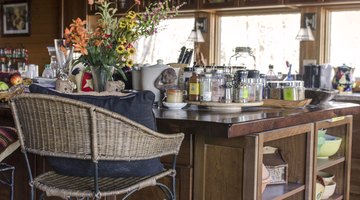
Prefinished or Unfinished Wood?
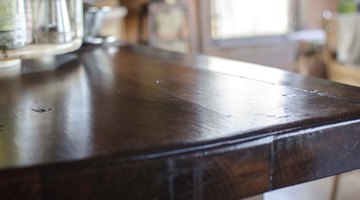
Before choosing the particular wood, decide if you want to work with unfinished wood, which you will finish yourself, or if you prefer to begin with prefinished materials. Unfinished wood gives you the widest possible choice of materials: the particular kind of wood; the countertop depth; the specific stain and protective finish; and the plank width. Prefinished wood comes in a wide variety of types and finishes; you have substantially fewer options only when it comes to countertop depth.
Consider Your Resources

Before making a decision about prefinished or unfinished wood, take into account the differences in the two processes. With prefinished wood you eliminate a number of steps that require some expertise and equipment. At some point in the production of an unfinished wood countertop you need to create a seamlessly smooth surface, either by extensive sanding or, for a more professional result, by planing. If you have woodworking expertise and access to a planer with a sufficient width-capacity (probably between 28-34 inches), you may enjoy starting from scratch to create exactly the result you have in mind. If not, you probably want to begin with prefinished wood.
Kinds of Wood
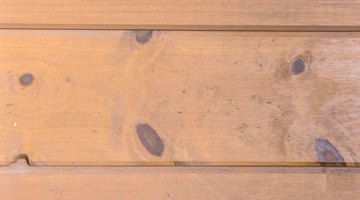
You can use almost any kind of wood for a countertop; however, some woods will wear better over time. Maple and oak resist denting; unfinished maple and oak can be prestained and then treated with a variety of finishes that resist stain almost as well. Teak is another option; it’s tough, wears very well and has enough internal oil in it to make further finishing unnecessary. Note, however, that the toughness comes at a price: your saw blades will wear out in a hurry.
Plank Width
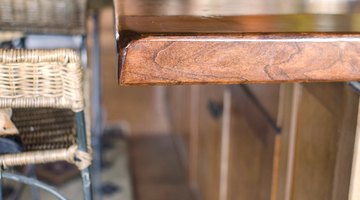
Plank width makes a big difference in the appearance of wood countertops. A countertop with narrow planks has a more formal look; wider planks suggest a “country kitchen” informality. Note that narrow planks add proportionally more work to the process: 1-inch planks will take three times more glue-joints than 3-inch planks and will take longer to clamp up.
Butcher Block Tops
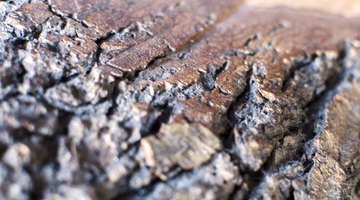
You can build a butcher-block style top with maple or teak. Cut your wood so that the plank width equals the desired depth of the top. If you want a 1 1/2-inch-thick top, cut your planks to that width. The depth of your planks will be their width once they are turned sideways and assembled with the side-grains showing. Most butcher-block style tops have plank widths (i.e., what were originally plank depths) of 3/4 inch to 1 1/4 inch. Wood assembled in this fashion resists staining better than face grain.
Two Things to Avoid
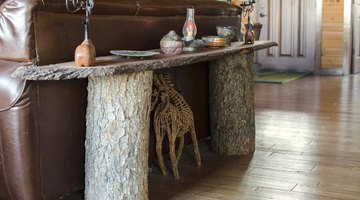
Build your countertop, and then install it. Don't attempt to assemble the wood planks on the counter-frame (which cabinet-makers call the "carcass"). Assembly will be difficult, and you'll have no way of planing unfinished wood after you've installed it.
Avoid using plywood or other veneered woods. When the countertop wears, you'll only be able to refinish down to about 1/2 the depth of the top layer of ply. If the damage extends past the top layer, you can't repair it.
The Drip Cap
- You can build a variety of attractive bar-area countertops with wood.
- If you have woodworking expertise and access to a planer with a sufficient width-capacity (probably between 28-34 inches), you may enjoy starting from scratch to create exactly the result you have in mind.
- You can use almost any kind of wood for a countertop; however, some woods will wear better over time.
- Cut your wood so that the plank width equals the desired depth of the top.
- The depth of your planks will be their width once they are turned sideways and assembled with the side-grains showing.
- Avoid using plywood or other veneered woods.
References
- "Start-to-Finish Cabinets and Countertops"; Larry Johnston; 2008
- "Cabinets and Countertops (Complete Construction)"; Charles Self; 2000
- "Complete Guide to a Green Home"; Philip Schmidt; 2008
Resources
Writer Bio
Patrick Gleeson received a doctorate in 18th century English literature at the University of Washington. He served as a professor of English at the University of Victoria and was head of freshman English at San Francisco State University. Gleeson is the director of technical publications for McClarie Group and manages an investment fund. He is a Registered Investment Advisor.
Photo Credits
- Tara Novak/Demand Media
- Tara Novak/Demand Media
- Tara Novak/Demand Media
- Tara Novak/Demand Media
- Tara Novak/Demand Media
- Tara Novak/Demand Media
- Tara Novak/Demand Media
- Tara Novak/Demand Media
More Articles



